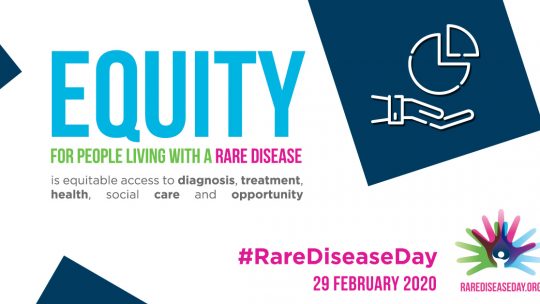
Delivery of IEP Services During Corona
Many students with PANS/PANDAS have IEPs. During this period, many schools a being closed for extended periods completely while others are closing temporarily to make plans for remote teaching. The...

Many students with PANS/PANDAS have IEPs. During this period, many schools a being closed for extended periods completely while others are closing temporarily to make plans for remote teaching. The...

University of Connecticut Parents/Caregivers Wanted for a Research Study on Families’ Experiences with PANS (Pediatric Acute-Onset Neuropsychiatric Syndrome) We will be conducting interviews with...

Vitalant & ASPIRE Community Plasma Drive March 15 – May 15 – locations throughout the country What to know more about Plasma Donation? ASPIRE has created an easy to understand...

We thought we treated it appropriately. We followed the doctor’s initial recommendations for treating our son’s Lyme disease. He got a little better with the antibiotics but never went back to...
GiuseppaPiras, LorenzaRattazzi
Brain, Behavior, and Immunity, 29 February 2020
Patients with obsessive compulsive disorder (OCD) have increased levels of Immuno-moodulin (Imood), a protein in their lymphocytes, a type of immune cell.
Anxious mice returned to normal in a couple of days after being given an antibody that blocked Imood. Twenty-three people with OCD and twenty healthy people without OCD were tested; Imood expression was about six times higher in those with OCD. Additional research indicates the same protein, Immod, is elevated in ADHD.

Whether you think PANS/PANDAS is a Rare Disease or actually just rarely diagnosed, it is a day to educate people about PANS/PANDAS. The main objective of Rare Disease Day is to raise awareness...

Join ASPIRE in recognizing a doctor who inspires you, who has helped your family heal, who has gone that extra mile, who has listened to you. We are working on a special "thank you" for all of our...

ASPIRE is thrilled to announce that Children’s Autoimmune Brain Disorder Association (CABDA) will merge with us. We look forward to working together with a shared vision to achieve our mission....

Thank you to ASPIRE donor and supporter, Katie Emmet for opening your amazing space for us to have our Board Meeting and Board and Committee...

CTPPP Wilton Meet Up Group will now be meeting on the First Wednesday of the...

PANS/PANDAS is a rough road but coming to the ASPIRE Board Meeting table and mapping out a plan for the next quarter and beyond is all four of these opening words: productive, fun, energizing,...

A million thank you’s to Steve Dupler who owns the fabulous Blue Gallery! He opened the doors to ASPIRE so we could begin work on an advocacy project. Blue Gallery is a gem of a NYC venue and...